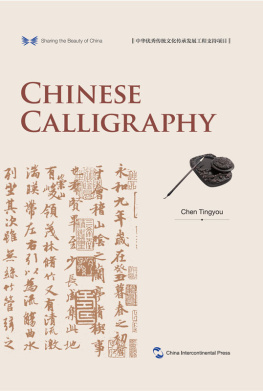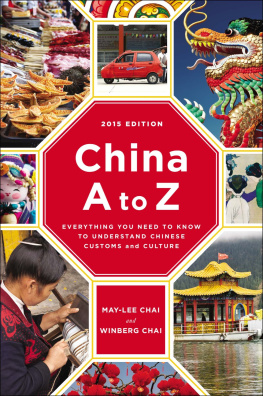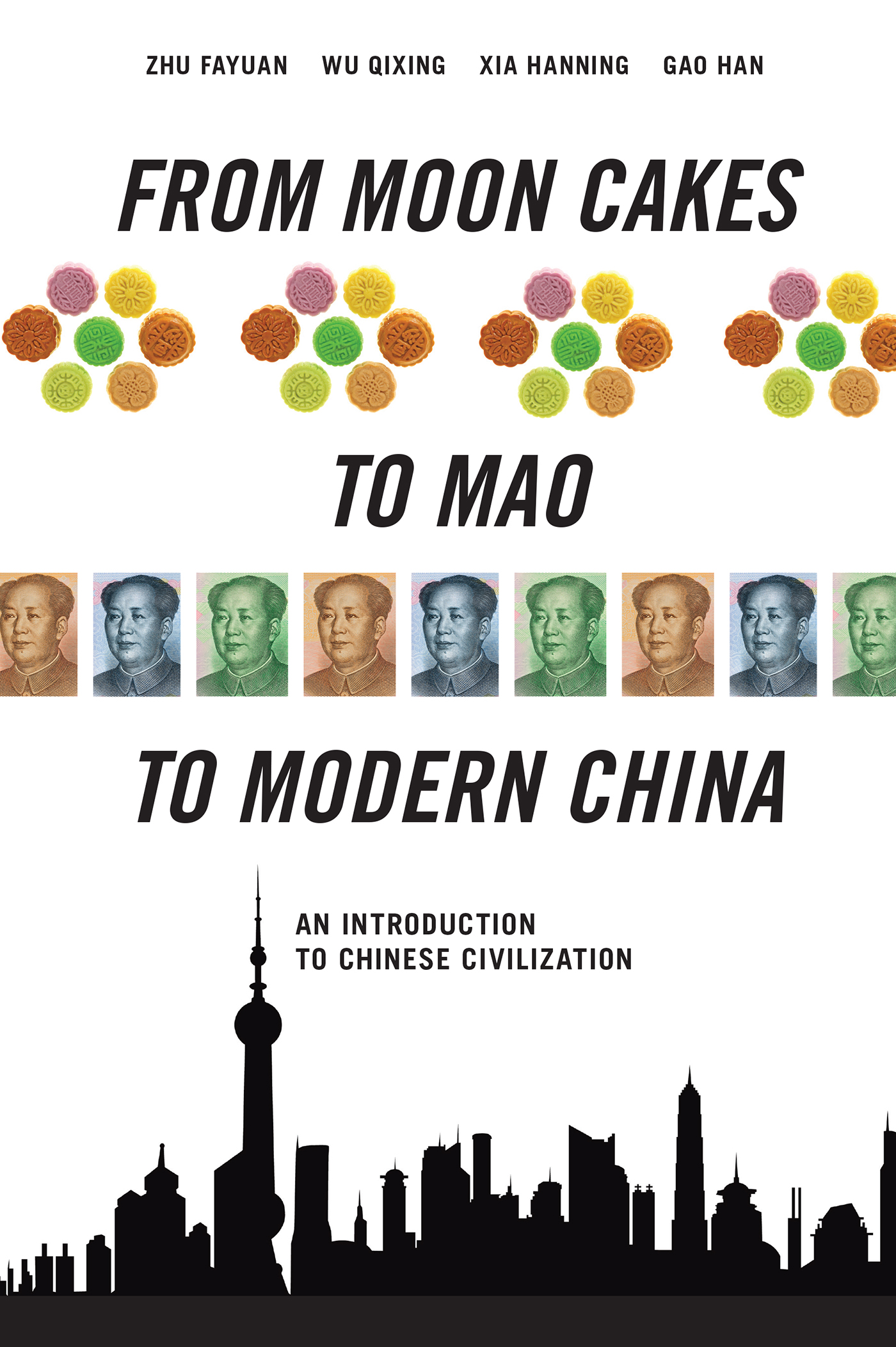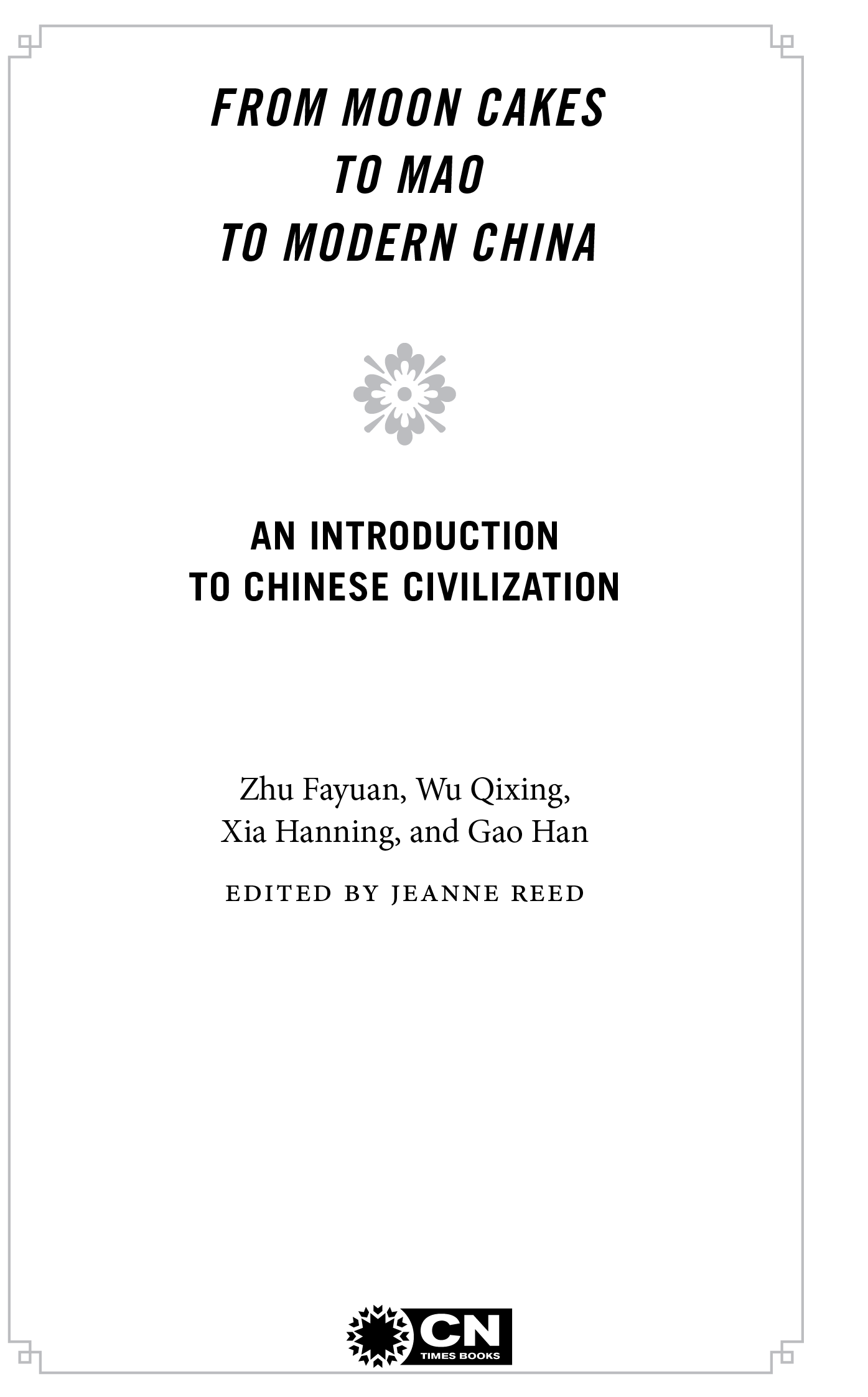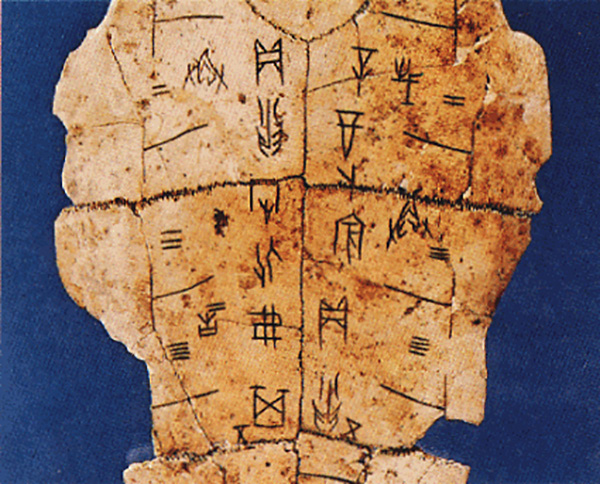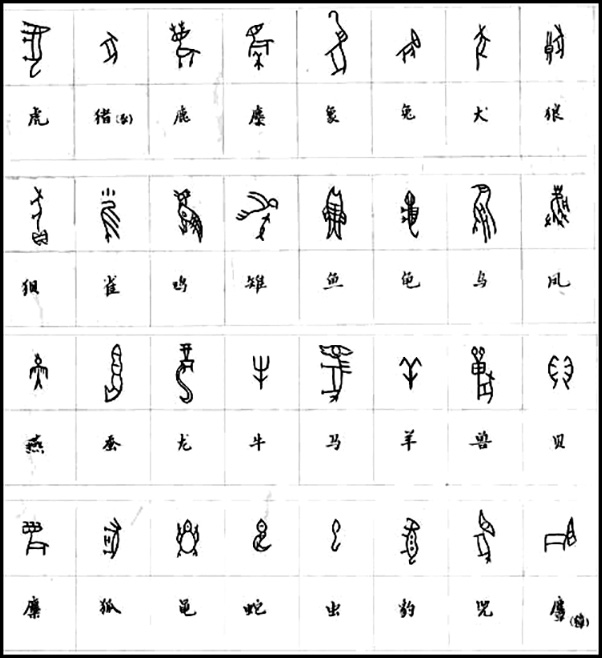Copyright 2015 by CN Times Books, Inc.
All rights reserved. No part of this publication may be reproduced, distributed, or transmitted in any form or by any means, including photocopying, recording, or other electronic or mechanical methods, without the prior written permission of the publisher, except in the case of brief quotations embodied in critical reviews and certain other noncommercial uses permitted by copyright law. For permission requests, write to the publisher, addressed Attention: Permissions Coordinator,at the address below.
BEIJING MEDIATIME BOOKS CO., LTD.
CN Times Books, Inc.
501 Fifth Avenue
New York, NY 10017
cntimesbooks.com
Ordering Information: Quantity sales. Special discounts are available on quantity purchases by corporations, associations, and others. For details, contact the publisher at the address above. Orders by U.S. trade bookstores and wholesalers.
Grateful acknowledgment is made to Jiangxi Peoples Publishing House for granting the exclusive global English-language rights for this work.
Designer: Adam B. Bohannon
ISBN 978-1-62774-033-3 (print) ISBN 978-1-62774-105-7 (epub)
Contents
Introduction
You cant watch a news program these days, read the business pages, or browse the travel section of most American Sunday papers without running into at least one mention of China. Usually, its more than one. And, usually, its more than a mention. And while we all read and we all watch and listen, most of us armchair travelers and U.S-based businesspeople have never actually been to China, havent met many of her people, havent experienced her culture... and, no, greeting the take-out guy at the front door doesnt count. So most of us really dont know much about this major trading partner, this up-and-coming engine of global growth, this home to a billion fellow global citizens.
And soas is the case with all great nationsto understand China... to understand the nation best... we need to step into the palace of her culture and explore her rich history. Because acute insights about anything cant happen without a good, basic understanding. And so it is with Chinese civilization and history.
With this in mind, a group of scholars from China and America have put this book together as a kind of primer on all things China, from art and science to religion and society. From the Great Wall to no walls. Theyve tried to offer here a panoramic view of the totality of Chinese culture in all-too-brief chapters. The effort has been made to use only the most representative material, so as to introduce to the West the most typical aspects of Chinese civilization and life. For this reason, the authors hope that From Moon Cakes to Mao to Modern China is both accessible to its readers and spot-on informative.
And we hope as well that through this book people all over the world with an interest in China can find something to further pique that interest. The student, the traveler, the dreamer, the thinker, the businesspersonwe hope all of you can find here something useful, if not also informative as well as entertaining. If reading this book is a happy experience and kindles in you an interest in Chinese civilization, if it can catalyze in you an unquenchable thirst for exploring China, our work will have been rewarded ten thousandfold.
Editorial Board , From Moon Cakes to Mao to Modern China
January 1, 2013
C hapter 1
The Origins of Chinese Characters
Chinese, the worlds oldest written language, is now in use by the largest of the worlds populations. History tells us that Chinese writing emerged in the fourteenth century BCE, during the latter part of the Shang Dynasty, a period that gave rise to the preliminary form of written ChineseOracle Bone Script. The invention and application of Chinese writing not only stimulated the development of Chinese culture but has also had far-reaching implications for the development of world civilization. At present, many countries use written phonetic alphabets, but Chinese writing has retained the basic property of the ideogram. Therefore, since the form and structure of Chinese writing have not changed over the centuries, we are able to examine the life, society, customs and culture of the originators of the writing. This is a unique opportunity, as the written language forms of most other countries dont display such relationships.
Since ancient times, there have been numerous explanations for the birth of Chinese characters. The formation of characters by Cangjie is the best known and is referred to often in the ancient books. It is said that Cangjie was the historiographer of the Yellow Emperor. As legend has it, one day Cangjie saw a deity whose appearance was odd and whose face resembled a picture with writing on it. From this, it is said, Cangjie drew the image of that god, and so created the first Chinese characters. Ancient manuscripts also tell us that as Cangjie created the words, natures mysteries were revealed, millet (grain) fell from the heavens and ghosts and gods cried and wailed in the night. Yet another legend says that Cangjie observed the tracks of birds and animals and found in them inspiration for his script.
While these are certainly beautiful legends, scientific evidence reveals that the true origin of Chinese characters was ancient drawings. Modern scholars agree that figures engraved on excavated artifacts are in all probability related to the origins of writing. Over six thousand years old, the Banpo archaeological site exhibits more than fifty written symbols. These are simple, trim and orderly and contain the essence of writing, and experts agree that they are most likely the very beginnings of Chinese writing. It is also believed that one person could not have possibly conceived the entire system of Chinese writing. Ancient texts in general tell us that Cangjie is the architect of Chinese writing, but if in fact there was a man named Cangjie, he may have simply catalogued and promulgated the characters.
Oracle Bone Script
Besides the Cangjie theory for explaining the origins of Chinese writing and early pictographs, there are yet other explanations, including the theories of the knotted string and the Eight Trigrams, among others. Some scholars believe words were created by the inspiration of knotted string, a method the ancient Chinese used to record matters. Others say that the creation of written words relates to the Eight Trigrams in the Book of Changes ( I Ching ). Generally speaking, though, it is safe to say that the writing of Chinese is a product of history, requiring both internal and external conditions. The characters themselves and the writing syntax are all-inclusive. Furthermore, the emergence of Chinese writing tells us of the needs of people dealing with practical issues and long-term communal practices. The people began by engraving or drawing figures to record events, which eventually contributed to the foundation for the development of their language as a whole, forming the basis for a civilized society and leading to a great leap forward in human evolution.



